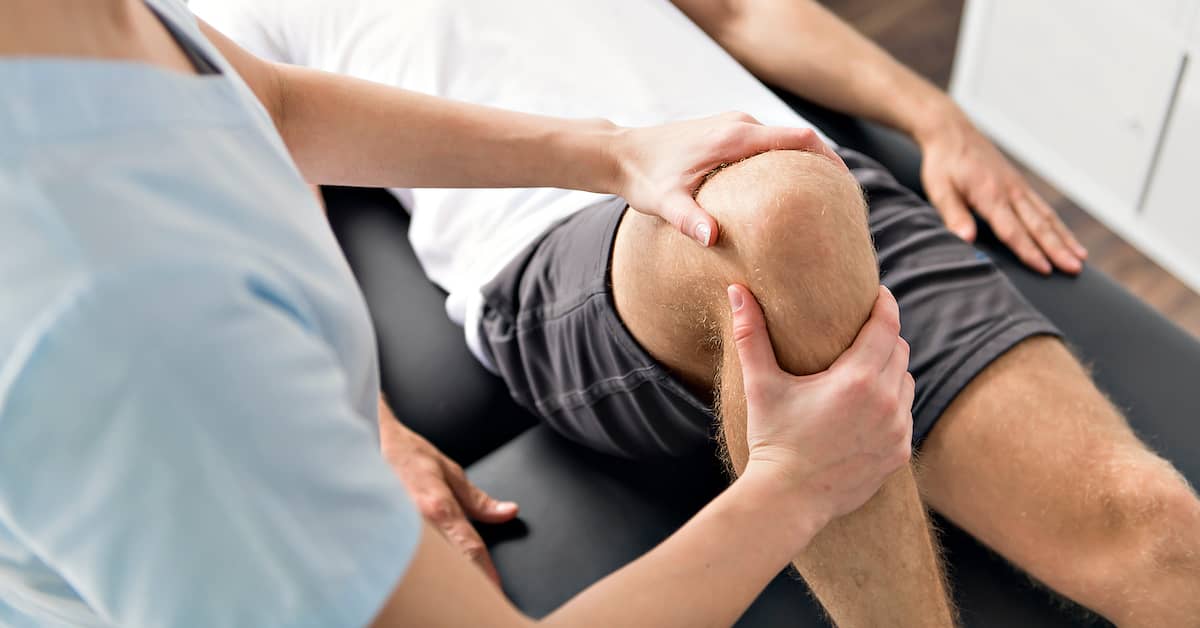Effective Approaches for Reducing Breathlessness in Physical Therapy Appointments
Effective Approaches for Reducing Breathlessness in Physical Therapy Appointments
Blog Article
Dyspnea, or trouble breathing, is a frequent concern that many individuals face, particularly those with long-term lung diseases, heart issues, or other health conditions. In rehabilitation therapy appointments, addressing dyspnea is essential for helping patients improve their overall quality of life. By utilizing specific techniques and strategies, physical therapists can help patients in controlling their respiratory difficulties. Grasping these efficient methods can enable both therapists and patients to collaborate together more efficiently in addressing obstacles related to breathing difficulties.
One of the main methods used to reduce breathing difficulties in physical therapy is the practice of regulated breathing activities. These exercises often focus on abdominal breathing, which encourages patients to use their breathing muscle rather than their upper thoracic muscles when inhaling. This approach helps to increase lung volume and effectiveness. Additionally, pursed lip breathing is another approach that can be helpful. This method involves inhaling through the nose and exhaling slowly through compressed lips, which can assist to keep airways clear longer and render breathing feel more manageable. By including these activities into therapy sessions, physical therapists can provide patients with tools to control their breathing difficulties both during and outside of their sessions.
Another important aspect of managing breathing difficulties in physical therapy is the creation of an individualized exercise regimen. Tailoring exercises to meet the specific needs and capabilities of each patient is crucial. Therapists should slowly integrate aerobic exercises, such as walking or biking, in a controlled manner, allowing patients to build their endurance over time. This incremental approach helps patients to feel more comfortable with fitness activity while simultaneously improving their lung function and overall endurance. It is important for therapists to monitor patients closely during these activities to ensure they are not overexerting themselves, which could result to greater difficulty of breath.
Education also plays a significant role in reducing breathing difficulties during physical therapy sessions. Providing patients with knowledge about their condition and the mechanisms behind breathing difficulties can enable them to take charge you could try this out of their health. Therapists can describe how factors like anxiety, posture, and surrounding conditions can influence breathing. By understanding these ideas, patients can learn to manage their symptoms more efficiently. Techniques such as stress reduction strategies and proper body posture can further assist in reducing the effects of breathing difficulties during routine activities and therapy sessions.
In summary, effectively alleviating dyspnea in physical therapy sessions involves a mix of breathing activities, personalized exercise programs, and patient teaching. By implementing these efficient methods, physical therapists can assist patients control their respiratory difficulties and improve their overall well-being. Collaboration between therapists and patients is essential to create customized interventions that meet specific needs. With the appropriate support and methods, patients can find relief from dyspnea and engage more fully in their physical therapy process, eventually leading to a better standard of life.